AlgorithmFormula is the adware that belongs to the AdLoad family. This adware attacks Mac computers primarily. The adware strikes the majority of browsers today – Google Chrome, Safari and Mozilla Firefox. Even though, based on our research, it mainly attacks Safari. The adware is currently spread through numerous fake browser update alerts. Also, it may be promoted by means misleading browser or software update alerts. It’s definitely a mistake to interact with this adware or to tolerate its presence on the system.
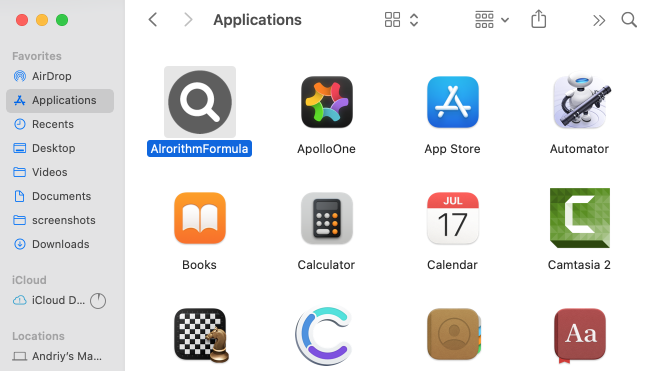
AlgorithmFormula adware removal menu.
Instructions to remove AlgorithmFormula from Mac computers.
Tips to delete the AlgorithmFormula adware manually.
How does your browser work when AlgorithmFormula is enabled in it?
We’ve already mentioned that AlgorithmFormula is designed to display the variety of advertisement banners in your screen. There is nothing wrong with ads as long as they’re legitimate and decent. The problem with AlgorithmFormula is that this adware displays the ads that often prevent you from reading the content on other websites. The banners are often showed on top of the important information, thus you’re not able to properly perceive the required information.
Ads delivered by the AlgorithmFormula adware are not really genuine. The danger of this adware-type app is in its interconnection with many junk pages on the web. For instance, it may eventually point your browser to the following resources:
- landing pages of suspicious browser extensions;
- websites that promotes installation of rogue security programs, adware, browser hijackers, etc;
- pages that encourage you to share your personal details by means of fake surveys;
- resources that try to force you into subscribing to uncontrolled web push notifications.
AlgorithmFormula is also directly involved in collecting your personal details. For instance, it may gather the information from your previous browsing experience, such as your browsing history, submitted search queries, visited pages, IP addresses, geographical locations and other private data. Even your credit card details may be under the inspection of third parties.
Finally, AlgorithmFormula may periodically cause unwanted redirections of your browser to random websites. This will essentially distract you from things that are really important. Furthermore, your Mac will function in an extremely slow manner while the AlgorithmFormula adware remains active. We strongly advise that you remove it as soon as possible by carefully following these removal instructions below.
AlgorithmFormula removal instructions.
Instructions to clean Mac computers.
- Download Combo Cleaner for your Mac by clicking on the “Download Now” button below.
- You will be redirected to the App Store:
- Install the application and start it.
- Wait until Combo Cleaner downloads new updates (mandatory step):
- Once updates are downloaded and installed, click on “Start Combo Scan” button:
- To enable full functionality of Combo Cleaner and in order to delete detected malware, click on “Upgrade to Premium and Remove” button:
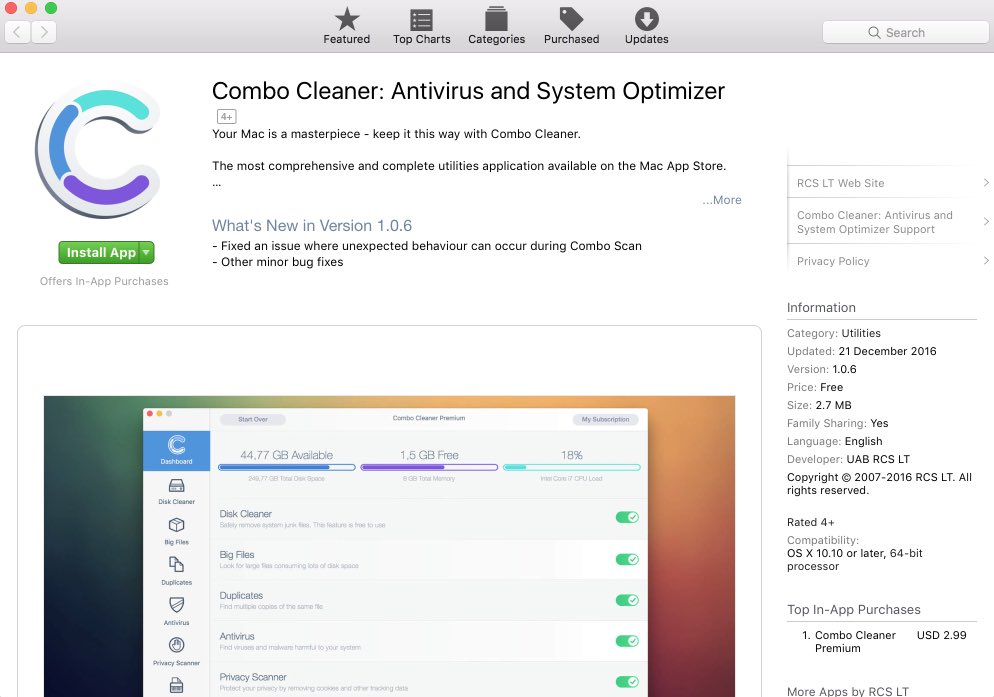
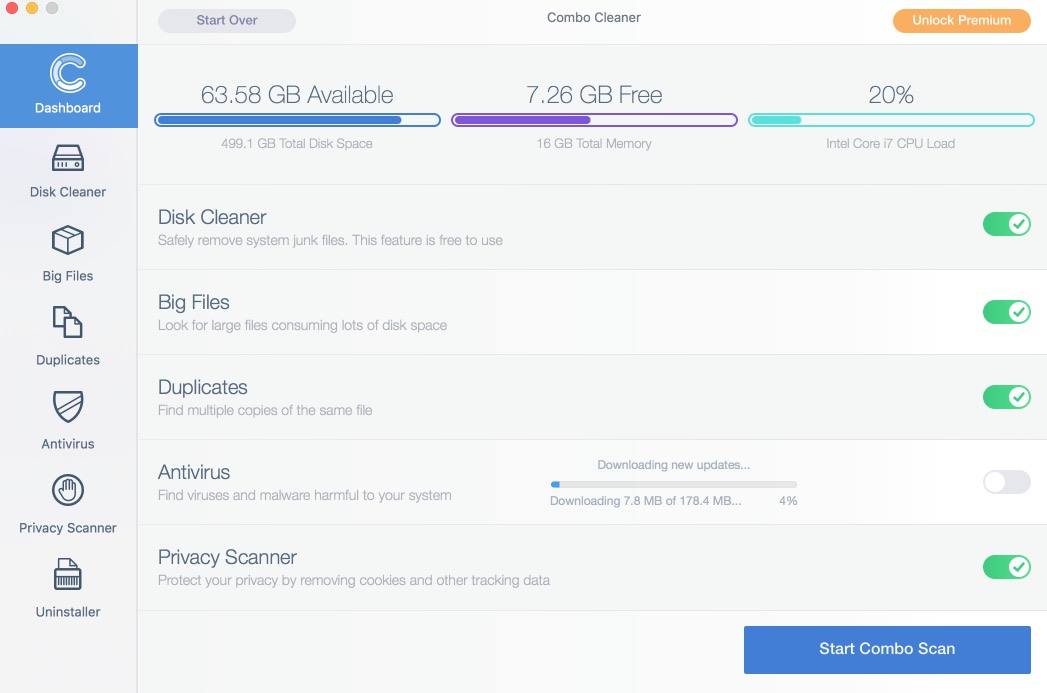
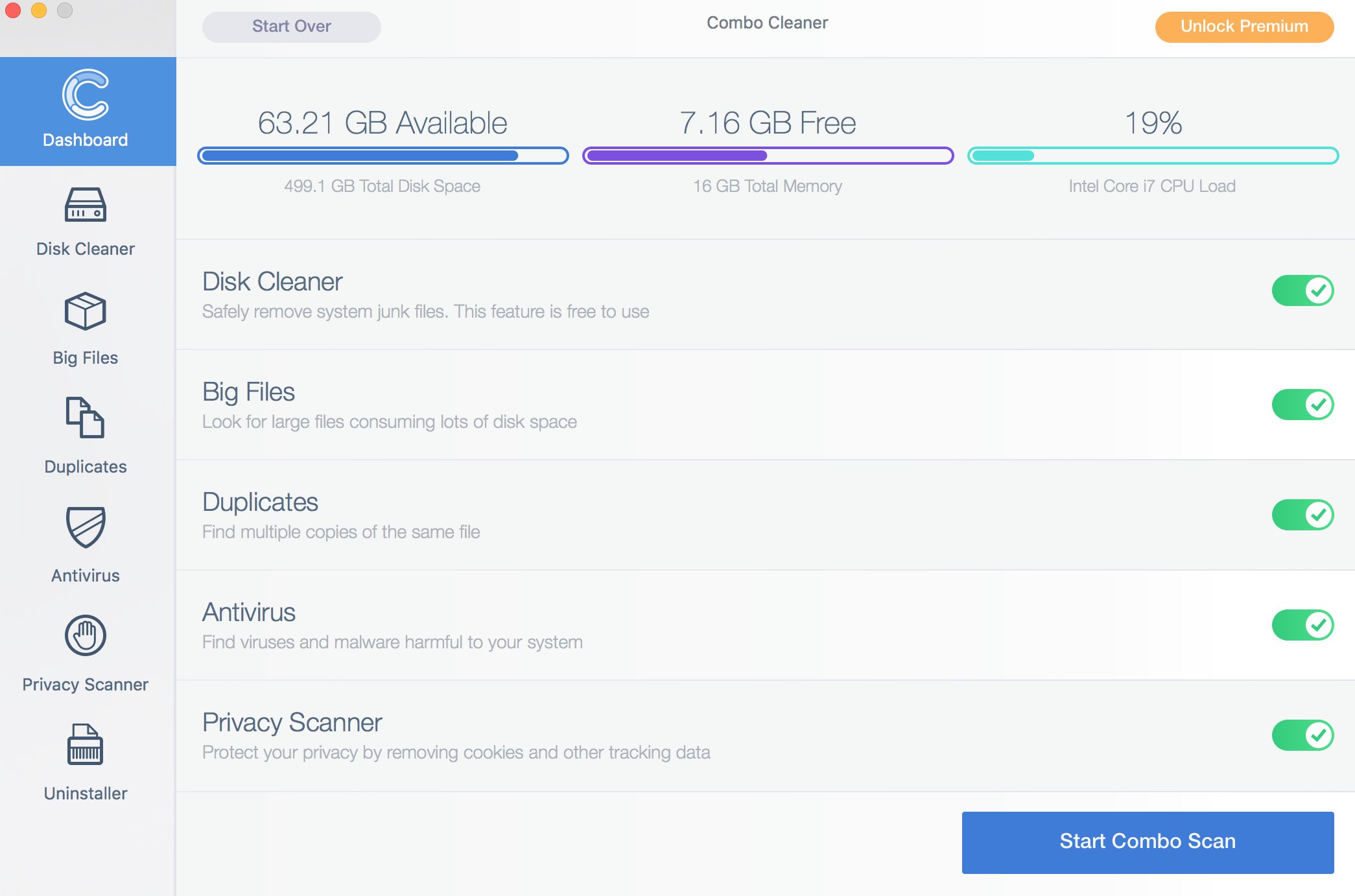
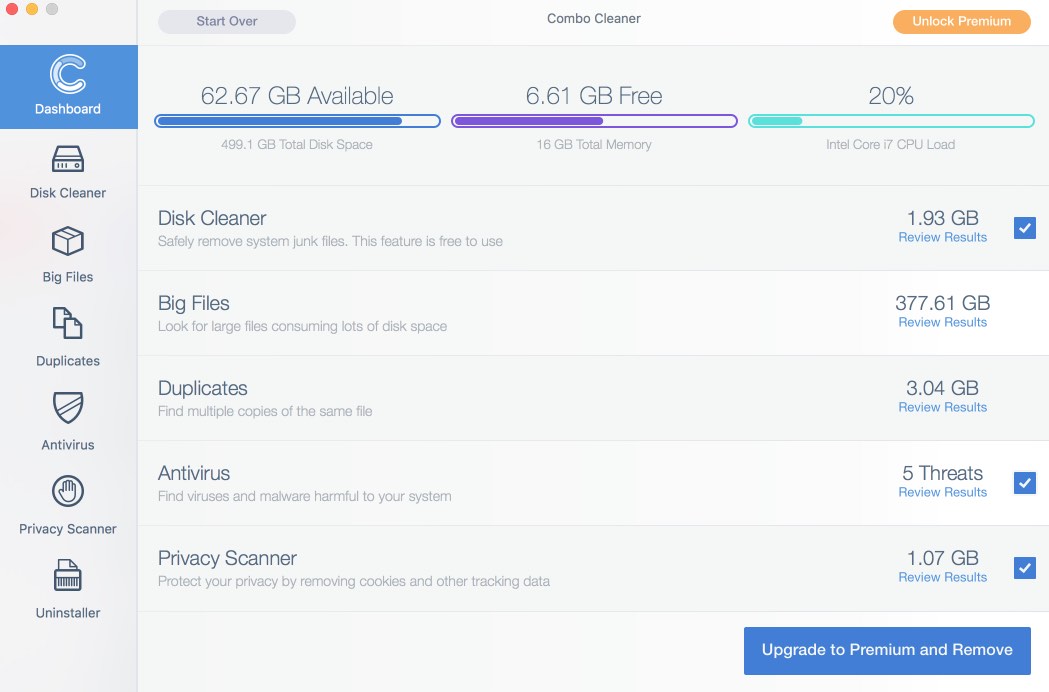
It is also possible that you get rid of the AlgorithmFormula manually. Consider implementing these steps below:
- In Safari, go to “Preferences”;
- Go to the “Extensions” tab;
- Find AlgorithmFormula in the list and click on “Uninstall” to remove the extension;
- This will open its location on your Mac;
- Find the appropriate app file related to AlgorithmFormula and move it to the Trash;
- Reboot your Mac.
Additional manual tips to fix your browser.
[TABS_R id=7864]



